Quentin Blake’s Drawings as Inspiration!
By Paula Briggs
Inspired by Quentin Blake’s drawings, this resource shares three simple exercises to help children draw from life, and explore how we might use exaggeration as a tool to help us convey the intention of our drawing…
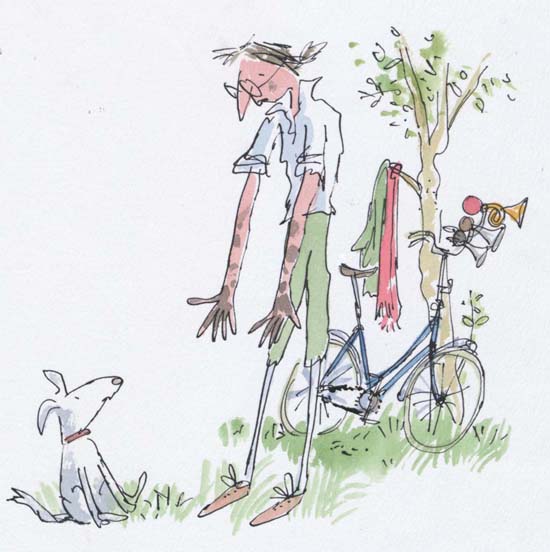
To access all content, I would like to join as…
AccessArt is a UK Charity and we believe everyone has the right to be creative. AccessArt provides inspiration to help us all reach our creative potential.

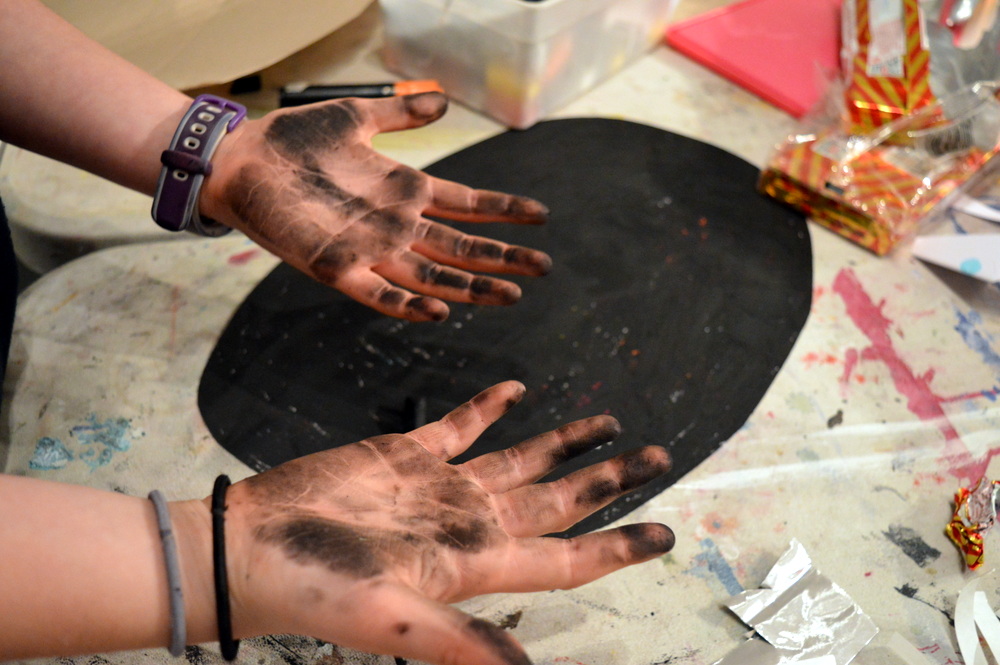
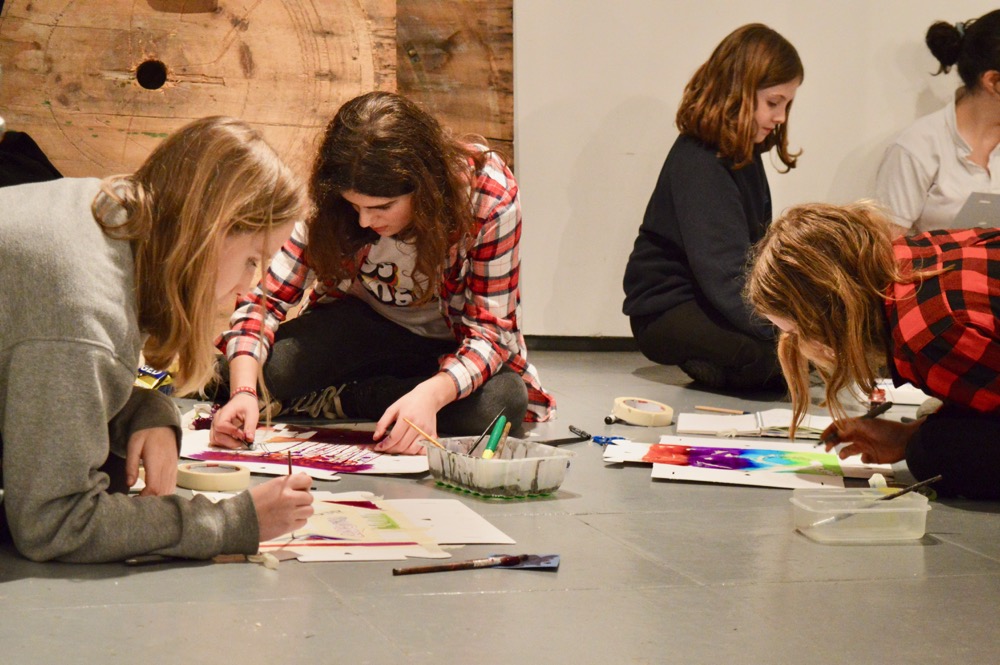
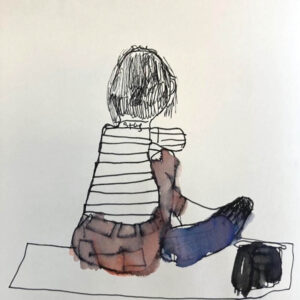
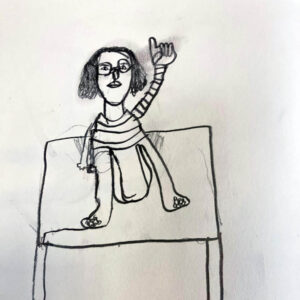
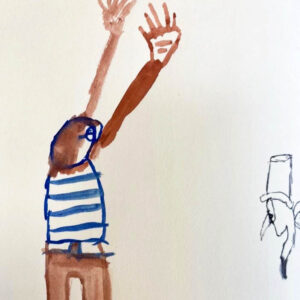
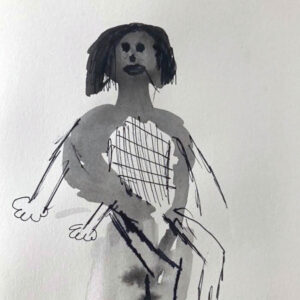
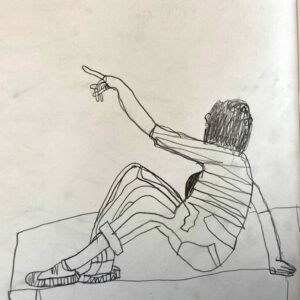
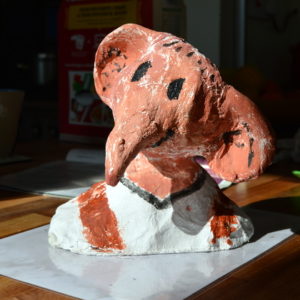
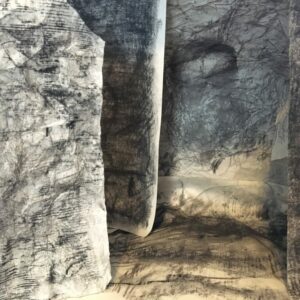
Pat Carney
February 27, 2014 @ 11:40 pm
What a wonderful exciting session! Such confident drawings showing a remarkable understanding that children if respected can produce.. A pleasure to see, many thanks.
Wendy Bal
March 2, 2014 @ 10:02 pm
I love this lesson idea. Most of us are familiar with Quentin Blake’s images and you inspired my daughter (aged 9) and I to try out his techniques. I rushed off to buy some Indian ink and dip pens and we played it a little safe, I’m afraid, by trying to recreate images from ‘The Twits’ but what an effective technique. We will definitely become more adventurous in its use. The attached image was produced by my Year 4 daughter. I love it!
Paula Briggs
March 2, 2014 @ 10:13 pm
I love that ultra bendy arm! Well done!
Miranda Hobson
March 20, 2014 @ 1:07 am
Hi Paula, what a great idea to introduce kids to life drawing in a fun way they can relate easily to. Our after-school art club this term is all about book art, so we took inspiration from you for our sessions on illustration. There are some photos on our website, with more happening next week. Brilliant!
Bridget M
November 16, 2014 @ 1:28 am
What great work! Have often thought how sound and rhythm can work with drawing. Your idea of the rhythmic slap of your hand timing the kids as they draw short lines works really well!
Paula Briggs, AccessArt
November 16, 2014 @ 9:22 am
Hi Bridget, Have a look too at Drawing to the Slow Rhythm of a Metronome – such a calming session! /simple-drawing-exercise-drawing-to-the-slow-rhythm-of-a-metronome/
Hannah Davies
August 18, 2016 @ 1:41 pm
I am wanting to take inspiration from your ideas for my Quentin Blake art scheme … I am wondering what pens you have used in order for the ink to run slightly once the water colour is added.
Paula, AccessArt
August 29, 2016 @ 6:56 am
Hello they were Handwriting pens from Pisces, but I think its just a case of trial and error finding a pen which runs… good luck!
Philip P
August 21, 2018 @ 4:01 pm
You could read out a description of one of the (lesser known) characters and have the students draw an image of him/her/it to see how it corresponds to Quentin Blake´s. Then get them to write a short description of a charater of their own and see if the others can create an image of it, or give them a piece of clay and see if they can do it in 3D.
Sarah L
March 10, 2024 @ 11:16 am
I absolutely love this! Can I please ask what size of paper did you use?
Rachel
March 13, 2024 @ 12:04 pm
Hi Sarah, these drawing activities are perfect for sketchbooks, so if you have A4 books these would be great. Thanks!
Paula
March 13, 2024 @ 4:39 pm
When we did it originally the children did work bigger – A3 and A2 – this allowed them to be really gestural in their mark making and appreciate the parallels back to the body…